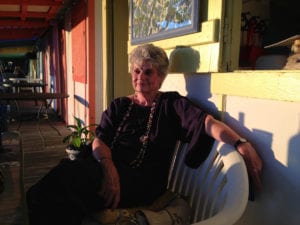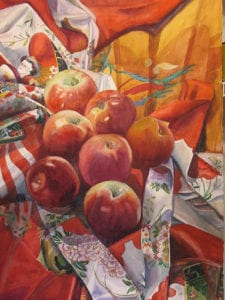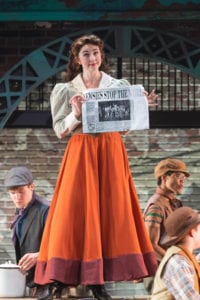By Matthew Kearns, DVM

Cutaneous mast cell tumors are the most common skin tumor in dogs (estimated to be at least 20 percent of all skin tumors in dogs), and one of the most commonly encountered tumors in veterinary medicine. Mast cell tumors can be quite aggressive and cause multiple symptoms (all bad). Where do they come from? What do they do? How do we treat them?
Cutaneous mast cell tumors are malignant skin tumors made up of mast cells, cells normally found in tissues throughout the body. Mast cells contain primarily histamine, a vasoactive protein (a chemical that affects the diameter and tone of blood vessels) and are responsible for allergic reactions.
Small amounts of histamine cause swelling, itching and redness of the skin. Large amounts of histamine trigger constriction of the airway, dilation of the vessels and an unsafe drop in blood pressure (anaphylaxis).
Mast cell tumors develop most commonly in mixed-breed dogs. However, boxers, Boston terriers, Labrador retrievers, schnauzers and beagles are pure breeds that are at higher risk. If you have one of these breeds and you see a lump on your dog’s skin, bring it to your veterinarian’s attention as soon as possible.
Diagnosis of cutaneous mast cell tumors is relatively straightforward and minimally invasive with a procedure called a fine needle aspirate and cytology. This involves obtaining a sample of cells with a needle attached to an empty syringe and sending the sample to a laboratory for evaluation by a veterinary pathologist. Once diagnosed, the best treatment is surgical removal, and the surgery does have to be somewhat aggressive by requiring wide margins.
“Wide margins” refers to taking a certain amount of healthy tissue around and below the tumor, as well as the tumor itself. This poses the challenge of closing the “hole” you leave behind.
Why do we take such large and aggressive margins? Mast cell tumors are graded as one, two or three based on aggressiveness, and it is impossible to tell from a fine needle aspiration anything beyond the diagnosis of mast cell tumor. Previous studies have stated that certain margins, both width and depth, help ensure you get all of the tumor the first time.
What do we do for patients that may be too old or debilitated for anesthesia/surgery, or the location of the tumor makes it impossible to remove fully with surgery? There are options such as chemotherapy, radiation and even injections directly into the tumor. All these alternative protocols help, and a small percentage actually completely resolve, or remove the tumor.
If you see a lump pop up on your dog’s skin (especially if you notice it pops up quickly), bring it to your veterinarian’s attention immediately.
Dr. Kearns practices veterinary medicine from his Port Jefferson office and is pictured with his son Matthew and his dog Jasmine.
























